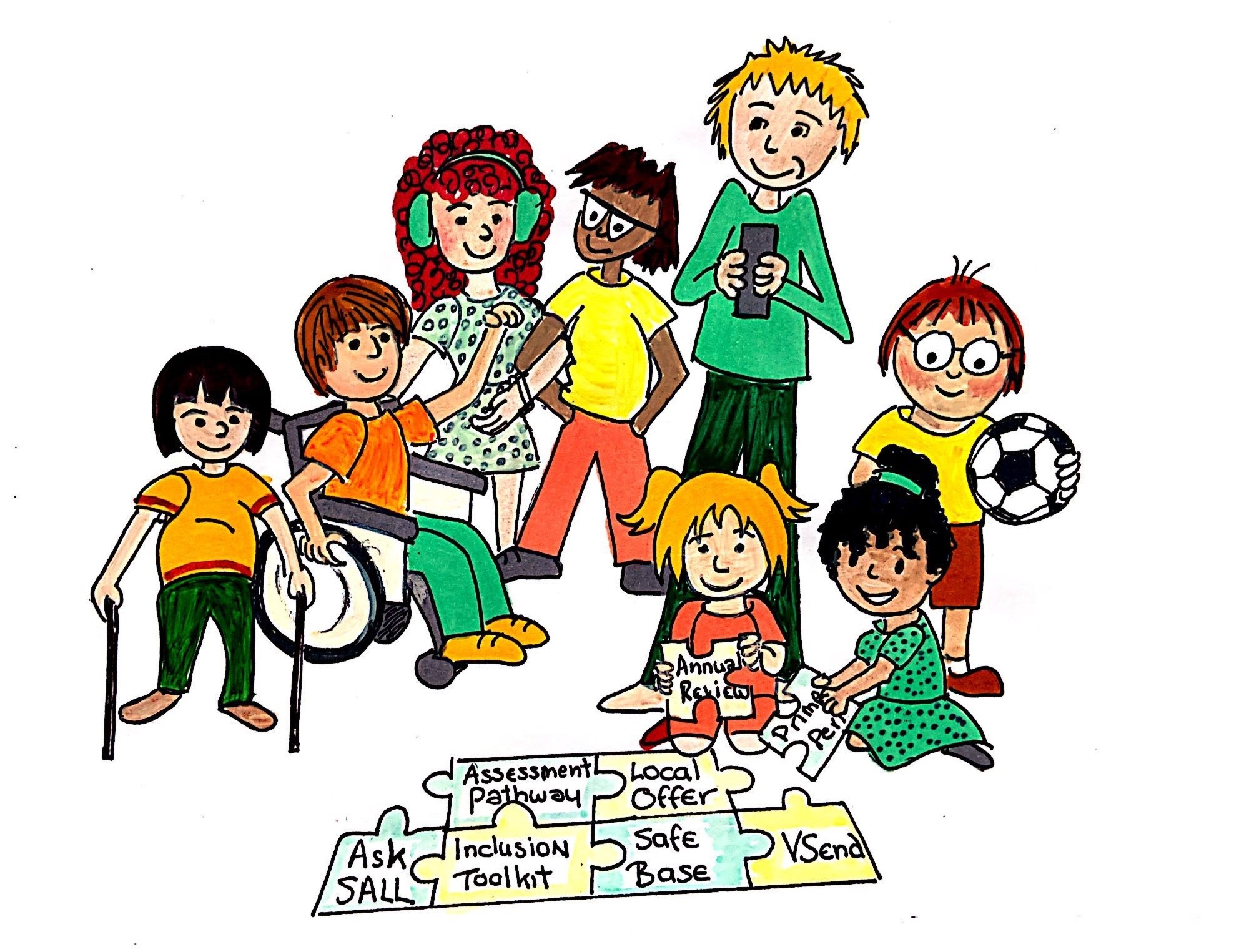Description of need
Children and young people with multi-sensory impairment (MSI) have impairments of both sight and hearing.
Many children also face other challenges, such as medical conditions or physical disabilities.
Hearing and sight are our primary means of gaining information from the environment, particularly beyond arm’s reach. MSI, therefore, creates enormous disadvantage for children in terms of knowing where they are, and what is happening to and around them.
Any type or degree of combined sight and hearing impairment can create this disadvantage – impairments may range from mild to profound, may fluctuate or cause consistent loss, and may affect the reception or processing of sensory information
(A Curriculum for Multi-Sensory Impaired Children from MSI unit, Victoria School Birmingham, (Murdoch H et all, Sense 2009))
A very small number of children and young people with MSI are totally blind and deaf, but most have some useful vision and/or hearing.
It may not be clear at first how well a child can see or hear, especially if they have other problems.
MSI is a very rare impairment, particularly in children. There are an estimated 4,000 children with MSI in the United Kingdom (about 3 in every 10,000 children).
A huge range of conditions can cause MSI. There’s no single or main cause. Diagnosis can take time and many parent carers find this very difficult. Understanding how their child’s condition might progress in the future is very important.
Early support, for children, young people and their families, (DfE, Sense 2012)
A sensory impairment of this nature can cause problems with:
- communication
- finding out information
- mobility
A qualified teacher for muti-sensory impairment (QTMSI) working in conjunction with a qualified teacher for hearing impairment (QTHI) and a qualified teacher for visual impairment (QTVI), is able to offer advice and support to families and educational settings regarding a child’s MSI, with strategies to support access to the curriculum.
Multi-Sensory Impairment can be classified as follows:
- mild multi-sensory loss - dual impairment with a mild loss in both modalities
- moderate multi-sensory loss - dual impairment with a moderate loss in both modalities
- severe multi-sensory loss - dual impairment with a severe loss in both or the most affected modality
- profound multi-sensory loss - dual impairment with a profound loss in both or the most affected modality


